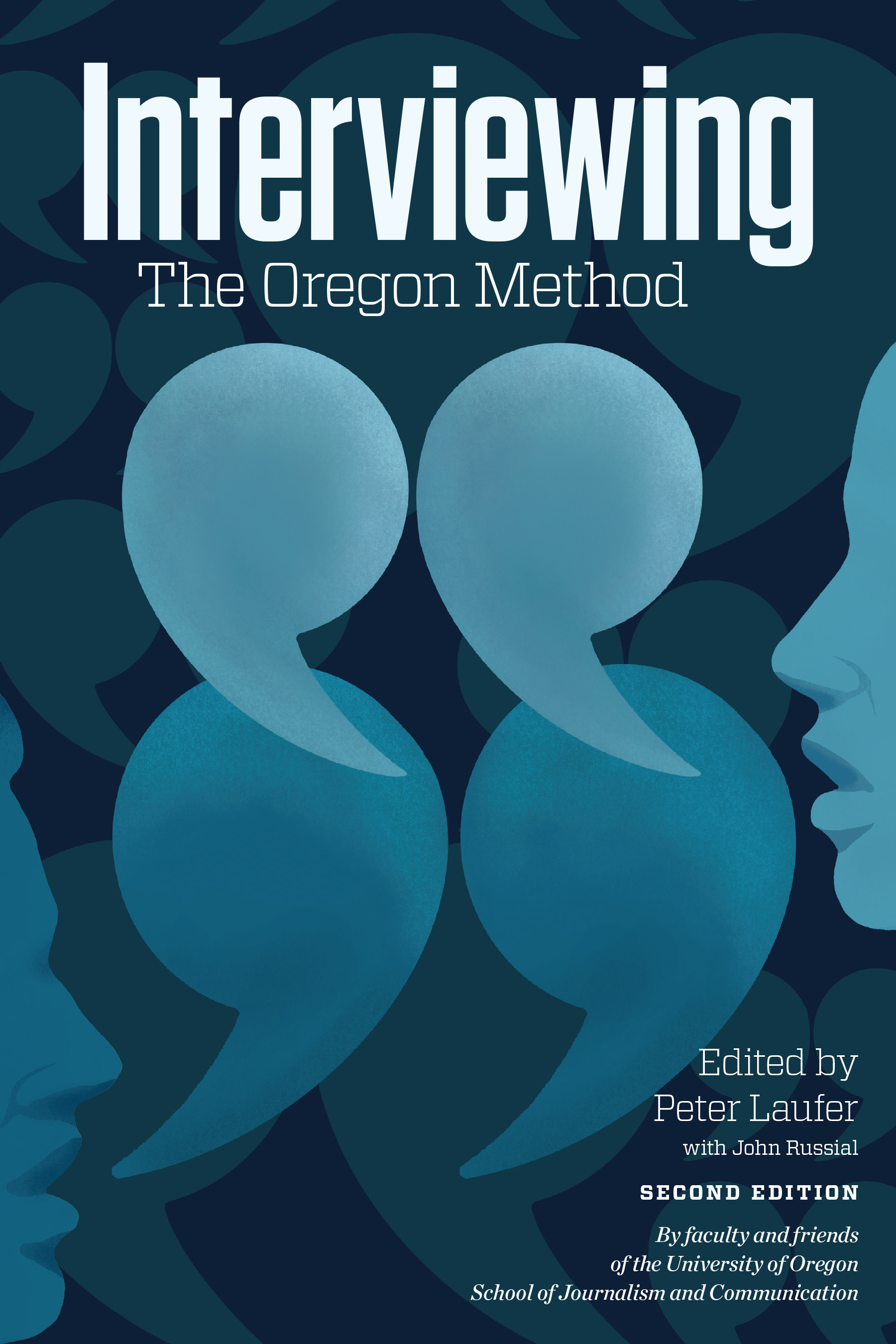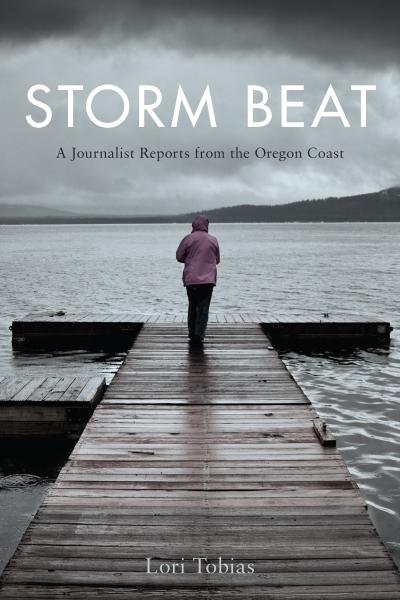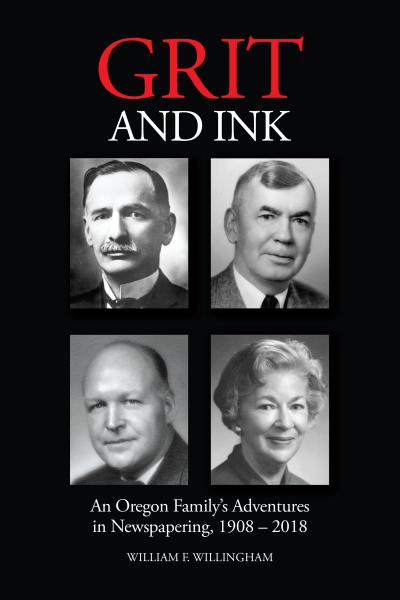
Interviewing
Peter Laufer
Published by the University of Oregon School of Journalism and Communication
Interviewing: The Oregon Method is a collection of practical and analytical essays from more than three dozen professional interviewers, scholars, and teachers. This revised and expanded second edition of the popular professional tool features a new foreword and a dozen new chapters designed to aid journalists navigating the contemporary “fake news” and “enemy of the people” media landscape.
The book’s chapters take focused looks at a wide variety of issues, including interview ethics, the sanctity of quotes, interviewing in the virtual world, negotiating identity, and building rapport. The art of the interview has been taught at the University of Oregon School of Journalism and Communication for generations. This foundational text binds those years of experience into a collection of vibrant essays designed to train novices and invigorate old hands.
Interviewing is edited by Peter Laufer, the University of Oregon’s James Wallace Chair Professor of Journalism. As he tells his students, “The interview is intimate, immediate, and often an entrée toward the soul. Conducting interviews can be both great fun and an art form.” This is a primer for the digital age, yet one embracing age-old lessons that make clear the crucial importance of successful interviewing techniques for speaking truth to power along with other productive forms of civic engagement.
About the author
An award-winning author, journalist, broadcaster, and documentarian, Peter Laufer has written more than a dozen books, including Mission Rejected: U.S. Soldiers Who Say No to Iraq, Forbidden Creatures: Inside the World of Animal Smuggling, and The Dangerous World of Butterflies. He reported for NBC and CBS radio around the world, and wrote and produced several documentaries as an NBC news correspondent, winning the George Polk Award for his study of Americans incarcerated overseas. He is the James Wallace Chair in the School of Journalism and Communications at the University of Oregon in Eugene.
Read more about this author




